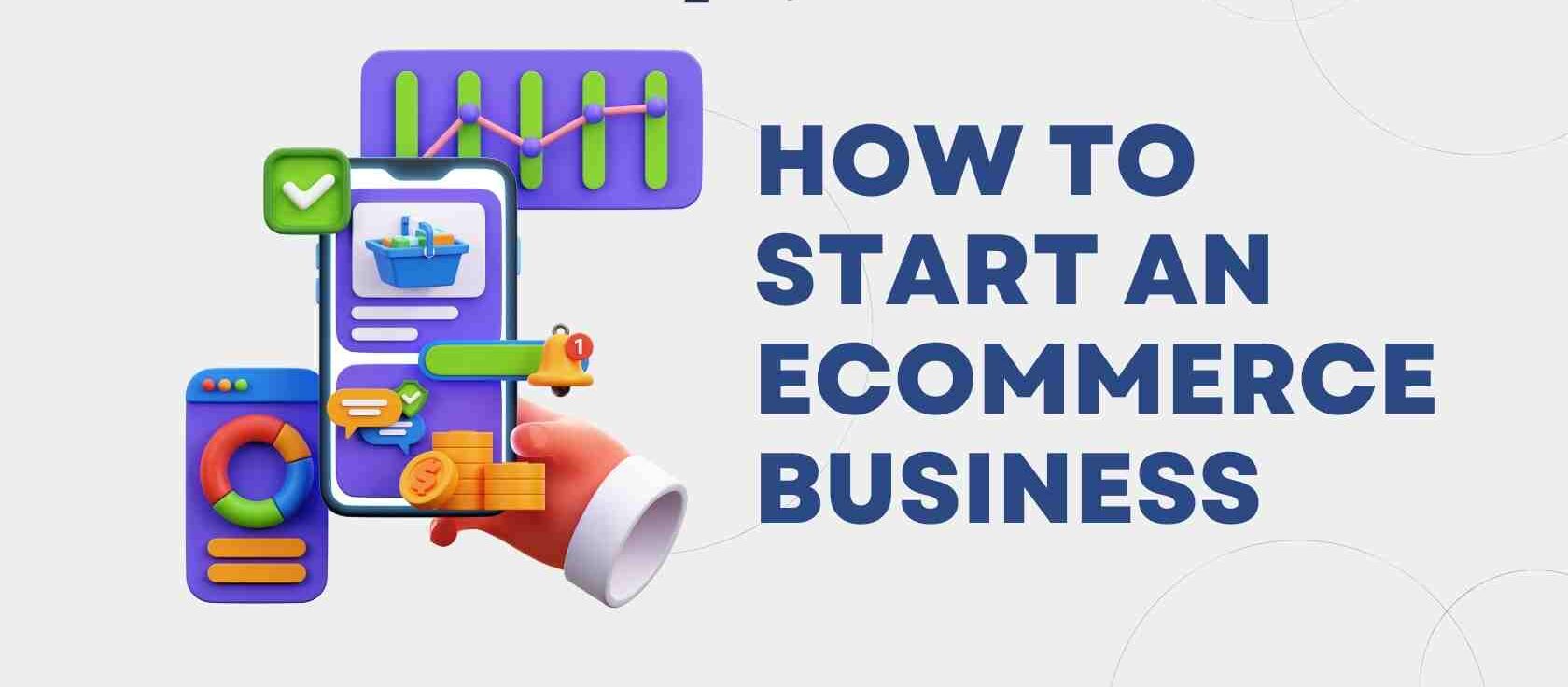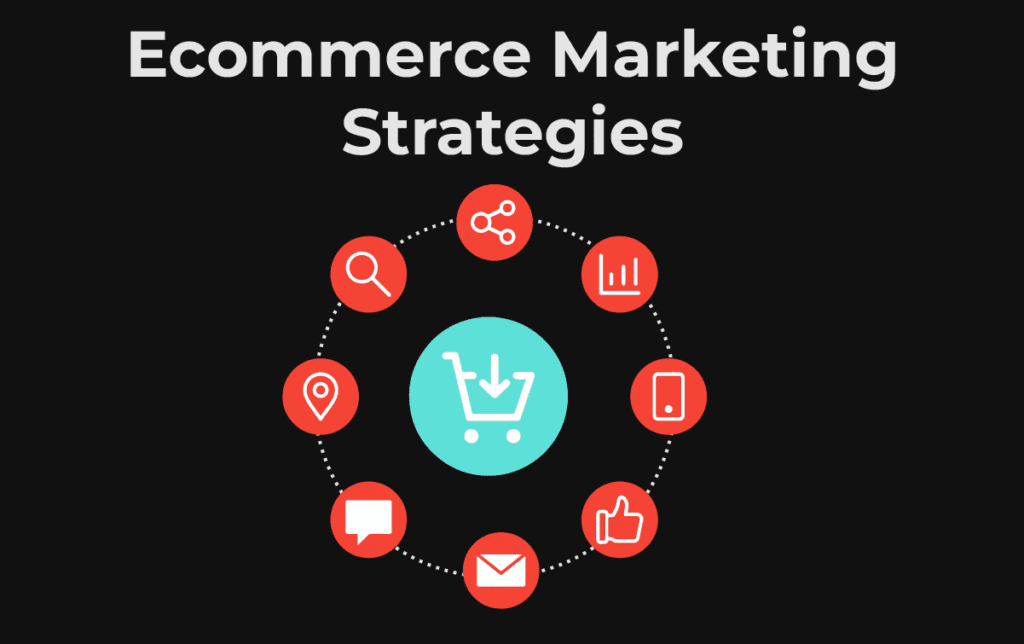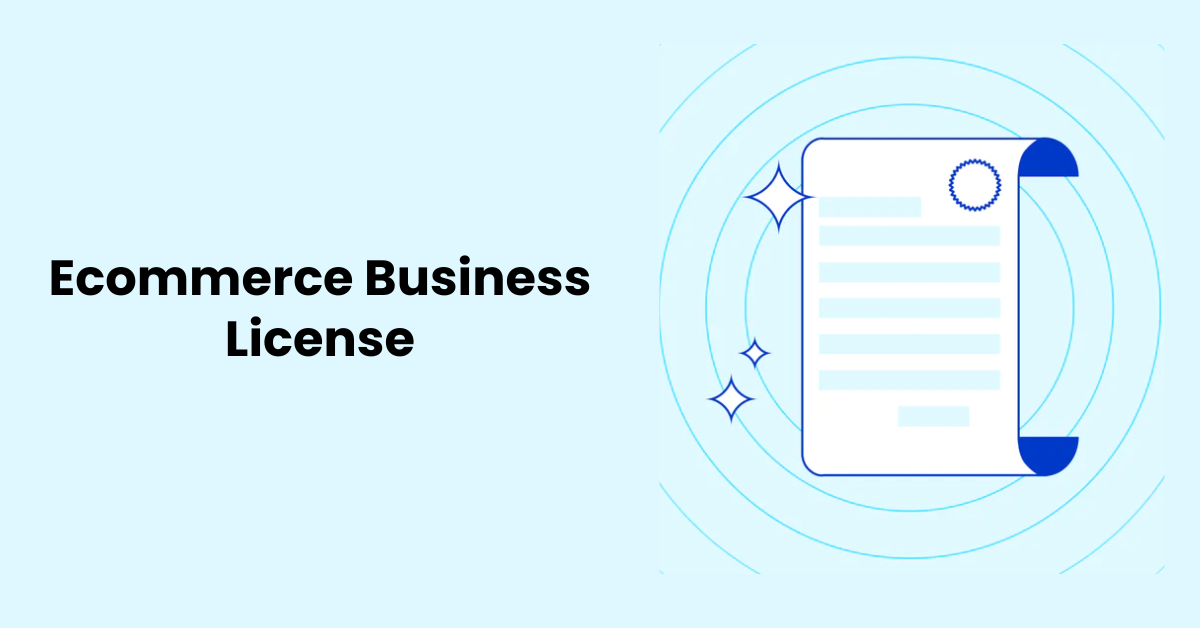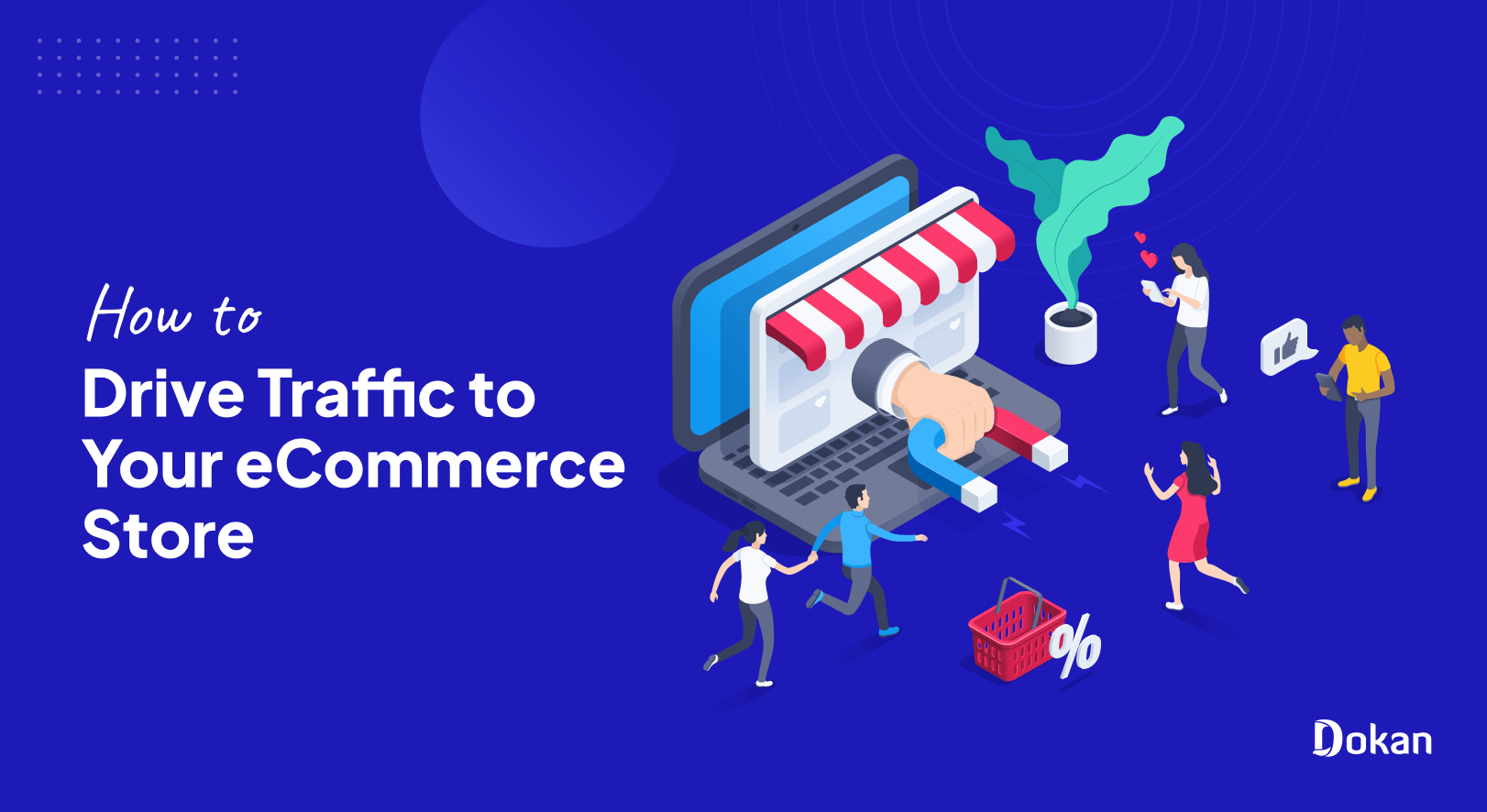How to Start an Ecommerce Business: A Step-by-Step Guide for Beginners
In today’s digital world, launching an online store has never been more accessible — or more rewarding. Whether you’re dreaming of selling handmade crafts, drop-shipping products, or building the next big brand, learning how to start an ecommerce business is your first step toward financial independence and entrepreneurial freedom.
In this comprehensive guide, we’ll walk you through everything you need to know — from the planning stages to going live and growing your store. Let’s dive in!
Why Start an Ecommerce Business?
Before we dive into how to start an ecommerce business, let’s explore why so many people are choosing this path.
-
Low Startup Costs: Compared to a brick-and-mortar store, starting online requires far less capital.
-
Global Reach: You’re not limited to your city or country. Ecommerce opens doors to a worldwide customer base.
-
Flexibility: Set your own hours, work from anywhere, and scale on your terms.
-
Automation Tools: With apps and AI, you can automate inventory, marketing, customer service, and more.
No wonder ecommerce is booming!
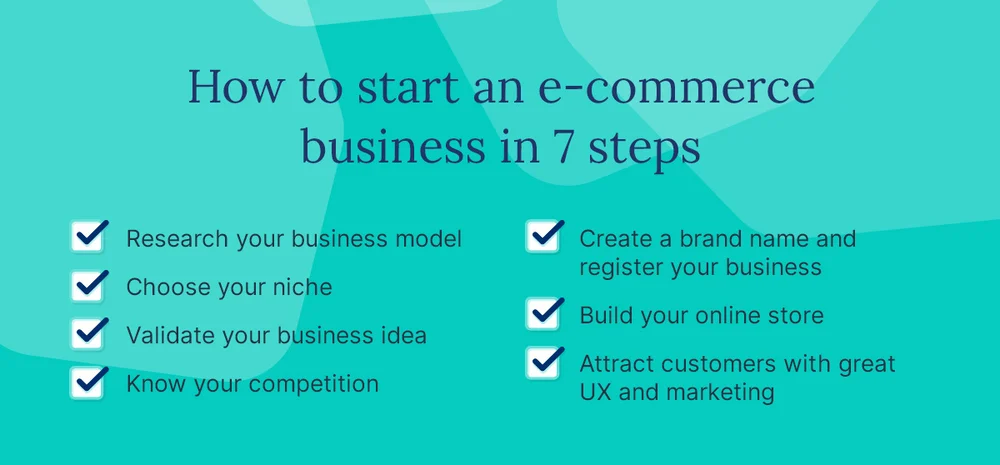
Step 1: Choose the Right Business Model
One of the first questions to ask when figuring out how to start an ecommerce business is: what kind of business model suits you best?
Here are some popular options:
-
Dropshipping: You sell products without holding inventory. Suppliers ship directly to your customers.
-
Private Labeling: You manufacture or brand your own line of products.
-
Wholesale/Retail: You buy in bulk and sell at retail prices.
-
Digital Products: Sell e-books, courses, or software online.
Pick a model based on your budget, skill set, and long-term goals.
Step 2: Find a Niche Market
Trying to sell everything to everyone rarely works. You need to find a focused niche — a specific group of people with specific needs.
Here’s how:
-
Research Trends: Use tools like Google Trends, Ubersuggest, and Reddit to see what’s popular.
-
Check Competition: If the market is too saturated, it might be hard to stand out. If there’s zero competition, that could be a red flag too.
-
Solve a Problem: The best products solve real pain points. Ask yourself: What are people struggling with that I can help fix?
Picking the right niche is foundational when learning how to start an ecommerce business.
Step 3: Choose Your Product(s)
Once your niche is clear, it’s time to find or create the products you’ll sell.
-
Handmade: If you’re crafty, platforms like Etsy can be a great starting point.
-
Manufactured: Use Alibaba or local suppliers to create a private-label product.
-
Print-on-Demand: Design T-shirts, mugs, or tote bags — companies print and ship for you.
-
Dropshipping: Connect your store to suppliers via apps like Oberlo, Spocket, or Zendrop.
Test a few ideas before committing. Read reviews, order samples, and get feedback from friends or potential customers.
Step 4: Register Your Business
Don’t skip the legal stuff. Here’s what you need:
-
Choose a Business Name: Make it unique, memorable, and relevant to your niche.
-
Get a Domain: Your store’s web address should match your business name as closely as possible.
-
Register Your Business: Depending on your country, this might mean creating an LLC, getting a tax ID, or registering as a sole proprietor.
-
Set Up a Business Bank Account: Keep your finances clean and separate.
Understanding these basics is essential when learning how to start an ecommerce business the right way.
Step 5: Build Your Online Store
This is where your ecommerce dream becomes reality. You’ll need:
-
An Ecommerce Platform: Shopify, WooCommerce (on WordPress), Wix, and BigCommerce are popular choices.
-
A Theme or Template: Choose a clean, user-friendly design.
-
Essential Pages: Include a homepage, product pages, about page, FAQs, return policy, and contact form.
-
Payment Gateway: Set up options like PayPal, Stripe, Apple Pay, or buy-now-pay-later services.
Focus on speed, simplicity, and a seamless user experience. Your store should make shopping easy and enjoyable.
Step 6: Optimize for SEO
No matter how great your product is, customers can’t buy it if they can’t find it. That’s where SEO comes in.
Here’s how to make your store search-engine friendly:
-
Use Your Keywords: Include “how to start an ecommerce business” in blogs, meta titles, and product descriptions (like we’re doing here!).
-
Optimize Images: Use alt text and compress files for fast loading.
-
Internal Linking: Link to related blog posts and product pages to keep visitors on your site longer.
-
Fast Loading Times: Use tools like Google PageSpeed to improve speed.
SEO is not just about traffic — it’s about attracting the right traffic.
Step 7: Create a Marketing Strategy
You’ve built it, but will they come? That’s where marketing makes all the difference.
-
Email Marketing: Build a list with popups and lead magnets. Send promotions, cart reminders, and newsletters.
-
Social Media: Share your story and engage with followers on platforms like Instagram, TikTok, Pinterest, or Facebook.
-
Influencer Collaborations: Partner with creators in your niche to expand reach.
-
Paid Ads: Use Facebook, Instagram, or Google Ads to drive traffic to your store.
Understanding how to start an ecommerce business includes mastering how to grow it, and marketing is the fuel behind that growth.
Step 8: Launch and Test
Now for the exciting part — going live!
But don’t just hit “publish” and hope. Instead:
-
Soft Launch: Start with friends, family, and a small circle. Get feedback and make changes.
-
Test Everything: Click through your site like a customer. Test your checkout, mobile experience, and contact forms.
-
Track Analytics: Set up Google Analytics and heat maps to see where users click and where they drop off.
Launching is just the beginning. The key to learning how to start an ecommerce business is understanding that constant iteration is part of the journey.
Step 9: Provide Excellent Customer Service
Want people to come back? Make their first experience unforgettable.
-
Fast Shipping: Communicate clearly about delivery times.
-
Easy Returns: A flexible return policy builds trust.
-
Quick Responses: Use chatbots or auto-replies to manage messages promptly.
-
Surprise and Delight: Throw in a thank-you note or freebie. Small touches go a long way.
Remember, happy customers = word-of-mouth marketing = free promotion.
Step 10: Scale Your Ecommerce Business
You’ve launched and made some sales — congrats! But the real magic happens when you scale.
-
Upsell and Cross-sell: Offer add-ons and upgrades at checkout.
-
Expand Your Product Line: Add new items based on what’s selling best.
-
Retargeting Ads: Bring back visitors who didn’t buy the first time.
-
Hire Help: Bring on a virtual assistant or freelancer so you can focus on growth.
Scaling is the final piece in the puzzle of how to start an ecommerce business — and it’s where the fun really begins.
Final Thoughts
Learning how to start an ecommerce business may feel overwhelming at first, but it’s totally doable — especially when you take it one step at a time. From choosing your niche to scaling for growth, every phase brings you closer to your goal.
The most important thing? Start. Don’t wait until everything’s perfect — because it never will be. Launch, learn, adapt, and keep moving forward.
Whether you’re building a side hustle or your next big venture, the world of ecommerce is full of opportunity. Your future customers are already online. Now it’s your turn to meet them there.
Bonus Tip: Keep educating yourself! Listen to ecommerce podcasts, read success stories, and join online communities. The more you learn, the faster you’ll grow.
And remember — if you ever get stuck, come back to this guide on how to start an ecommerce business. You’ve got this!
